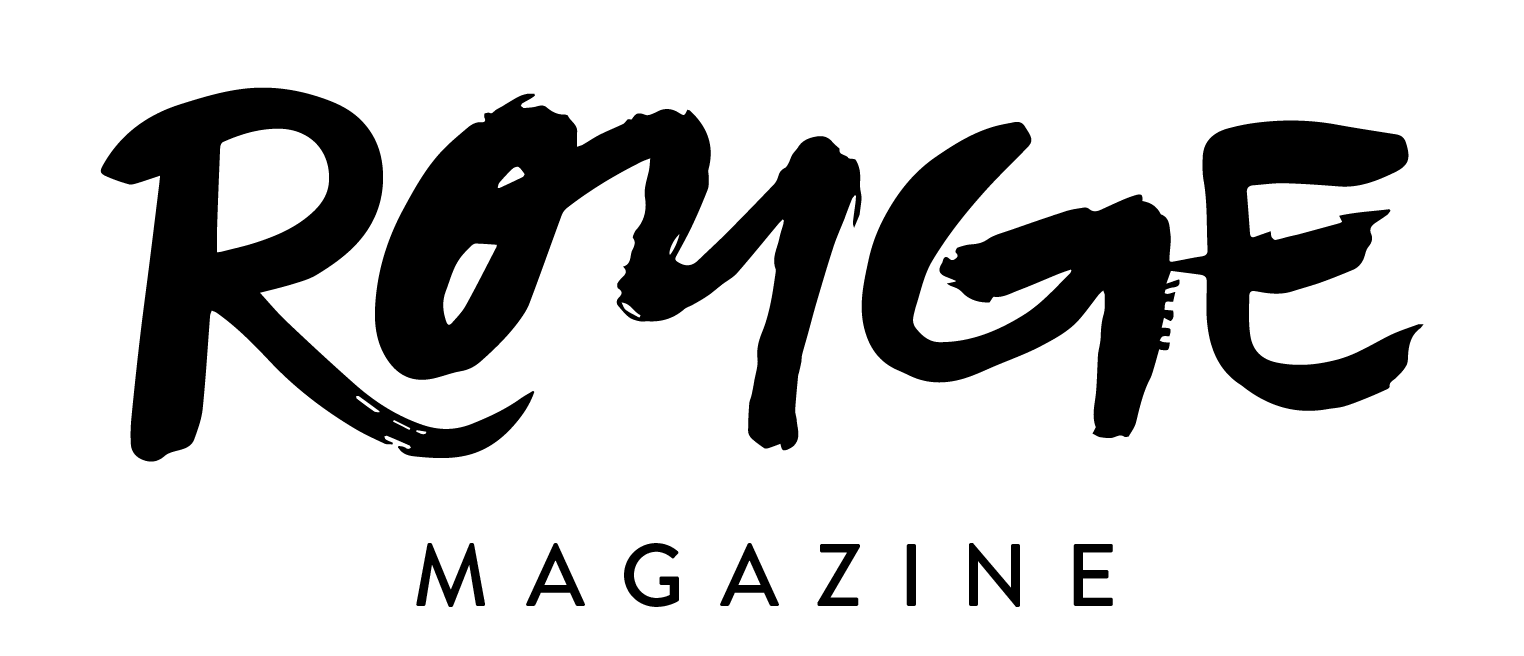Shapeshifting: Embracing a Flexible Fashion Identity
Everyone goes through awkward style stages throughout life. Oftentimes following trends we saw at school, we got to try different looks throughout adolescence as a part of understanding and expressing ourselves. At 12, iconic pieces for a wannabe alt-girl might’ve been beanies and a studded belt from Claire’s. Not much later, high school introduced us to the standard athleisure uniform via Lululemon. I might be speaking from personal experience (embarrassing), but it’s pretty universally accepted and understood: your fashion will go through phases over time.
As we get older, though, there’s an unspoken expectation that we need to have a definitive “look.” It’s less acceptable to play around with fashion, especially when you’ve linked yourself with a particular style. A fresh start is hard to come by with our online content being essentially immortal. Removing an aesthetic from your identity is harder than taking off a latex bodysuit.
Beyond social ideals, there’s a certain pressure you start to feel as an adult around your brand and how the professional world views you. We want to present a clear and pointed image of ourselves, evidenced in our carefully-curated Instagram slideshows. This is partly due to the demands of the modern working world. A strong personal brand is basically a requirement in a competitive job market in which according to The Manifest 79% of businesses have rejected candidates based on their social media presence.
The lines have been blurred between who we are as professionals and who we are as people. It’s hard to feel like we truly have the freedom to express ourselves when our image has so much impact on our livelihood. The silver lining is that employer standards can serve as a kind of litmus test. You probably wouldn’t want to work with a business that bases its hiring practices on a person’s image, and especially one that doesn’t approve of yours.
The world continues to become more media-driven, and our generation of users have a proclivity for visual platforms. Social media sites like TikTok and Instagram have popularized the concept of identifying with one consistent aesthetic in order to build a cohesive look. Once claimed, changing your style and image feels nearly impossible, but that’s not the case. We can practice flexibility with our style just like we should do with ourselves as we grow. Change is a big part of life and clothing can represent that, so we shouldn’t feel the need to try and form one consistent look or aesthetic to feel valid in our fashion choices.
Authenticity is coveted more than any other quality in a world, where social media acts as a platform for performance. But a flexible fashion identity doesn’t mean you aren’t genuine, and having multiple fashion identities throughout your lifetime does not mean you lack a solid sense of personal style. You can shapeshift as often as you want and still maintain your identity. As long as you're expressing how you’re currently feeling, it’s authentic by definition.
Young adults are particularly prone to media and career pressures that make us feel like we need to fit into a particular character archetype. Your persona means more than your personality, and your fashion identity feels immovable. But invisible boundaries we believe are in place exist only due to our fear of judgment. Remind yourself that nothing is permanent, so why should your style be? No one puts it better than the late, great Kate Spade who said, “as far as I’m concerned, ‘playing dress-up’ begins at the age of five and never truly ends.” I encourage readers to be more carefree in their fashion and embrace every awkward phase with courage and flair.
Written by Lily Baldwin
Copyedited by Avni Trivedi
Graphics by Lawton Harris
